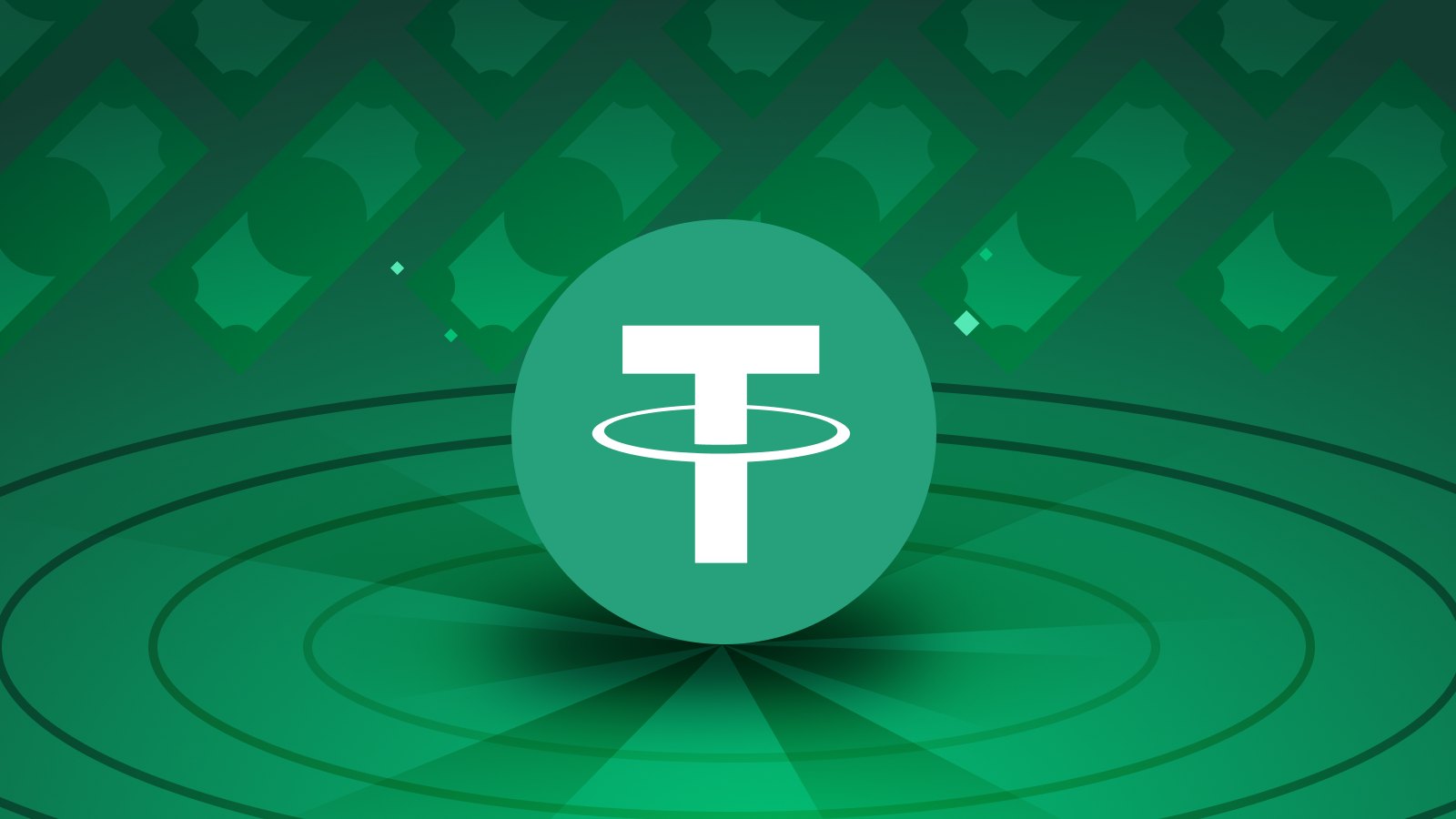|
Getting your Trinity Audio player ready...
|
Tether, the dominant player in the stablecoin market, is facing increasing regulatory scrutiny that could potentially shake its market dominance. A recent research report from JPMorgan Chase & Co. has highlighted the challenges posed by tightening regulations, particularly the upcoming Markets in Crypto Assets (MiCA) legislation in Europe.
MiCA mandates that 60% of stablecoin reserves be held with European banks, a requirement that could force significant adjustments to Tether’s reserve management strategy. The stablecoin issuer has previously faced criticism over the lack of transparency surrounding its reserves, and the new regulations are expected to intensify pressure for more detailed disclosures and audits.
JPMorgan predicts that non-compliance with MiCA could jeopardize Tether’s leading position in the market. The bank also anticipates that similar regulations in the U.S., expected to be introduced in 2025, could further accelerate industry consolidation, favoring compliant stablecoins.
However, Tether has dismissed JPMorgan’s concerns, arguing that the bank misunderstands the industry. The stablecoin issuer maintains its commitment to transparency and customer service, emphasizing its role in shaping the future of money.
The standoff between Tether and JPMorgan highlights the growing tension between traditional finance and the cryptocurrency industry. As regulators worldwide grapple with the complexities of digital assets, the future of stablecoins, including Tether, remains uncertain. The coming months will be crucial in determining how the industry adapts to the evolving regulatory landscape.
Also Read: Tether Boss Predicts Global Storm, Bitcoin And Gold To Soar
The implications of this regulatory crackdown extend beyond Tether and the broader stablecoin market. If Tether, as the largest stablecoin, is forced to make significant changes or even exit the market due to regulatory non-compliance, it could trigger a ripple effect across the cryptocurrency ecosystem. Smaller stablecoins might find it difficult to compete, and the overall trust in stablecoins as a reliable store of value could be eroded.
This could lead to increased volatility in the crypto market as investors seek alternative assets or hedging strategies. Ultimately, the outcome of this regulatory battle will shape the future of stablecoins and their role in the evolving digital asset landscape.
Disclaimer: The information in this article is for general purposes only and does not constitute financial advice. The author’s views are personal and may not reflect the views of Chain Affairs. Before making any investment decisions, you should always conduct your own research. Chain Affairs is not responsible for any financial losses.




